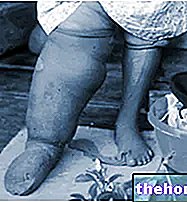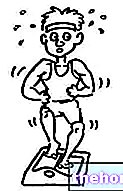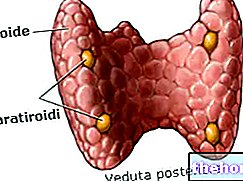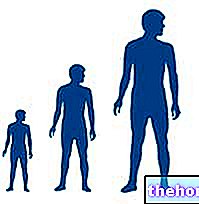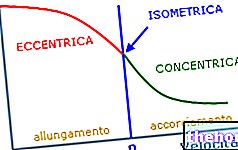The parasympathetic is one of the two branches of the autonomic or vegetative nervous system (ANS), which intervenes in the control of involuntary bodily functions.
.jpg)
The parasympathetic system stimulates stillness, relaxation, rest, digestion and energy storage; as shown in the figure, it presides over an adaptation system defined - in Anglo-Saxon terms - "rest and digest". following the stimuli of the parasympathetic system, digestive secretions increase (salivary, gastric, biliary, enteric and pancreatic), the peristaltic activity is enhanced, the pupil narrows, the heart rate decreases, the bronchi constrict and urination is favored.
_2.jpg)
The parasympathetic system is opposed, in this sense, to the other branch of the autonomic nervous system, called the sympathetic system, which favors excitement and physical activity. Most of the time the action of the two systems is finely balanced, without a clear prevalence of one over the other (concept of homeostasis shown in the figure).
Anatomically, the nerves of the parasympathetic nervous system are distributed to blood vessels, salivary glands, heart, lungs, intestines, genital organs, eyes, lacrimal glands and numerous other organs and tissues.
pupil (mydriasis)
pupil (miosis)
cardiac
contractile sphincters
Unlike what happens in the somatic (voluntary) nervous system, the impulses of the vegetative system reach the viscera through two neurons, the first of which is located in the central nervous system, while the second is located in the peripheral nervous system. In particular, as regards the parasympathetic system, the nerve fibers of the first neuron (called NEURON PREGANGLIARE) originate from the brain trunk and from the sacral tract of the spinal cord (S1-S4). Unlike what happens for the neurons of the system sympathetic nervous system, the axons are directed to ganglia located FAR from the spinal cord, therefore in proximity to the organs to be innervated. At this level they contract synapses with the postganglionic neuron, which, being placed near or even on the wall of the target organs, is characterized by a axon much shorter than that of the preganglionic neuron (the exact opposite of what is seen for sympathetic neurons).
Normally, both the preganglionic and postganglionic neurons use acetylcholine as their neurotransmitter.
_3.jpg)
_4.jpg)

